Biomedical Engineering Reference
In-Depth Information
PU
A
PU
A
200 nm
200 nm
200 nm
200 nm
ZnO additive
Fe
2
O
3
pigment
(a)
(b)
(c)
(d)
Si
200 nm
200 nm
200 nm
(e)
(f)
(g)
200 nm
(h)
FIGURE 14.5
TEM image gallery of released fragments after simulated weathering.
(a) Fragment from MWCNT-TPU after UV + immersion, using shaker; (b) ditto using ultra-
sound; (c) PU coating with ZnO pigment, irradiated and sanded, sampled from atmosphere;
(d) ditto, with Fe
2
O
3
pigment. (e) Fragment from nanoGEM. PA.SiO2 after UV + immersion,
irradiated with NIST SPHERE dry 85 MJ/m²; (f) ditto, irradiated with ISO 4892 rain cycles
157 MJ/m²; (g) ditto, irradiated with reduced rain cycles 234 MJ/m²; (h) same protocol as
(g), but from PP-SiO
2
-propyl composite. ((a), (b) From Hirth, S. et al.,
J. Nanopart. Res
., 15,
1504, 2013. (c), (d) With permission from Göhler D. et al. (2013b), Nanoparticle release quan-
tification of sanding-induced airborne particle emissions from artificially aged/weathered
nanocomposites, Proceedings of Nanotech 2013, Boston, USA. (h) Adapted from Busquets-
Fite M. et al. Exploring release and recovery of nanomaterials from commercial polymeric
nanocomposites, 2013, Institute of Physics.)
within the error bars, the quantity of release (Figure 14.6a) was the same from the
neat PA reference and from the PA SiO
2
nanocomposite material, confirming that
SiO
2
has no significant potential to modify the matrix degradation. Further, accel-
erated irradiation at 140 W/m² over-proportionally increased release compared to
ISO-4892 irradiation at 60 W/m² (Figure 14.6a). Aging and sampling conditions
were critical for the release rates, not for release characteristics (Wohlleben et al.
2014). The immersion after rain + UV weathering released less fragments, indi-
cating that fragments from SiO
2
nanocomposites have already been released spon-
taneously, without shear forces, into run-off waters during weathering (Wohlleben
et al. 2014).
Using the same “UV + immersion” protocol of irradiation of ISO 4892 (Suntest
XLS+) and induced release, Hirth and coworkers (2013) investigated the release
probability of MWCNT from a thermoplastic PU (TPU) matrix. Again, TEM anal-
ysis of aliquots from the immersion fluids showed a coexistence of micron-sized
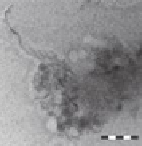
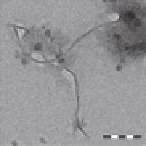
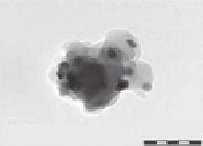
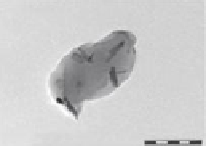



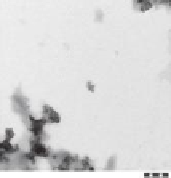
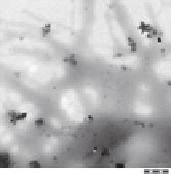
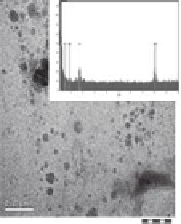
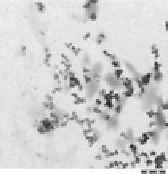
Search WWH ::

Custom Search